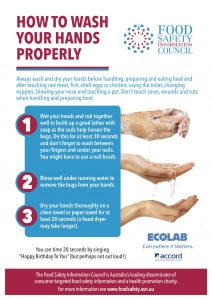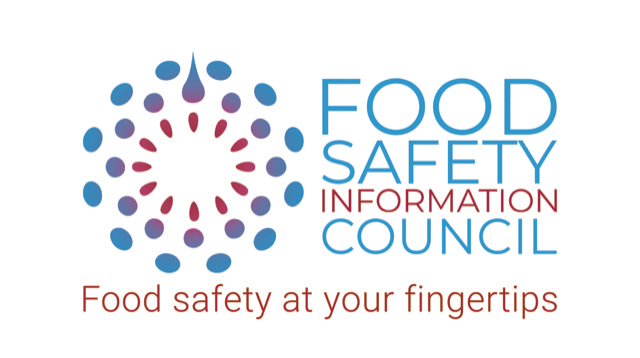
A Food Safety Information Council survey found that most people don’t have the correct hand washing technique and an amazing 9 per cent of women and 27 per cent of men didn’t wash their hands at all when observed in a shopping centre washroom. A similar result has been found in US studies and may mean that we are getting complacent about good hand hygiene in western countries. You might find with correct hand washing that you and your family may not only get less food poisoning but also less viral diseases like colds and flu. In the US, a study found that school children had fewer days off school sick once they had instituted a hand washing program.
Everything you touch is capable of transferring bugs onto your hands, but things like sores, pets, used handkerchiefs and tissues and the things you touch when you go to the toilet can be especially dirty.
To wash your hands properly. Below are some tips on washing your hands correctly:
- wet your hands and rub together well to build up a good lather with soap as the suds help to carry the bugs away (you can turn the tap off while lathering up if you want to save water). Do this for at least 20 seconds and don’t forget to wash between your fingers and under your nails. You might have to use a nail brush
- rinse well under running water to remove the bugs from your hands
- dry your hands thoroughly on a clean towel for at least 20 seconds. Touching surfaces with moist hands encourages bugs to spread from the surface to your hands.
You can time 20 seconds by singing ‘happy birthday to you’ this is also a good way to encourage your children to wash their hands for the correct period.
Always wash and dry your hands:
- before touching or eating food
- after touching raw meat, poultry, fish or shell eggs
- after using the toilet
- after blowing your nose
- after cleaning up after a pet.
It’s also a good idea not to touch sores or cuts.
Find out how soap works
Watch our hand washing video
